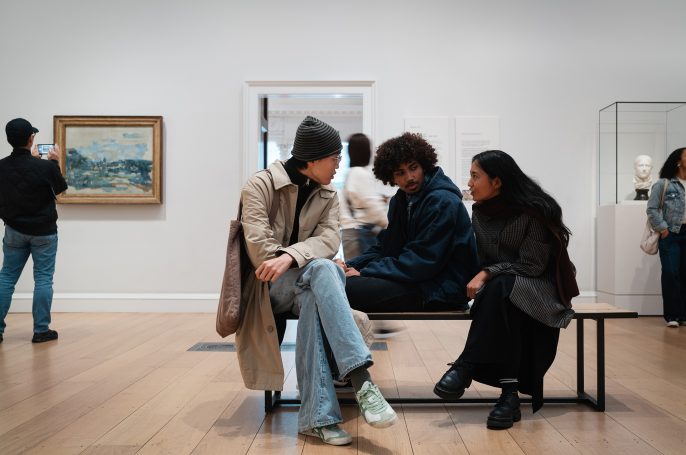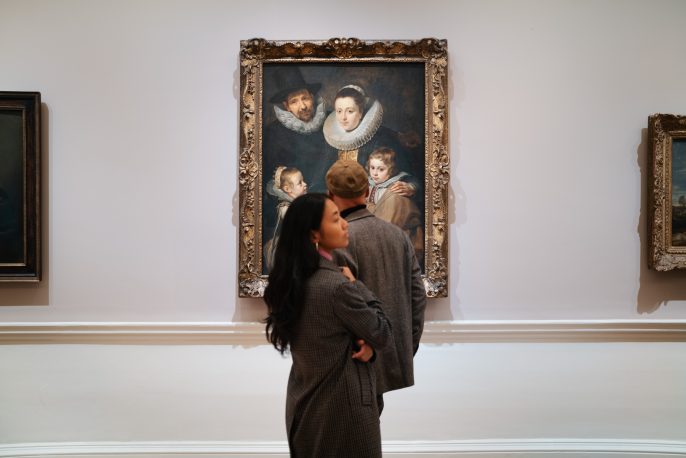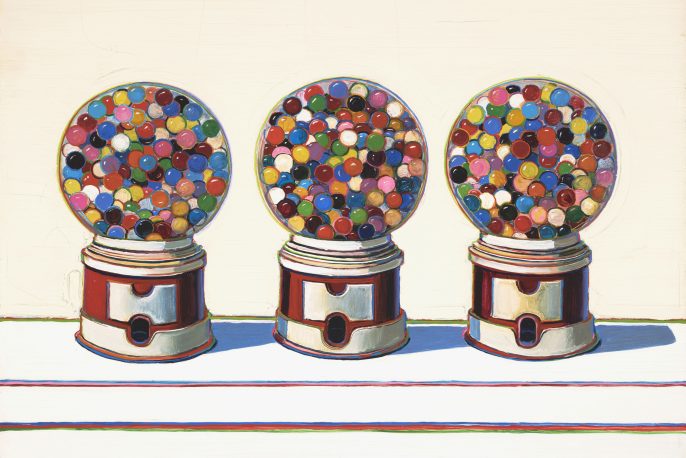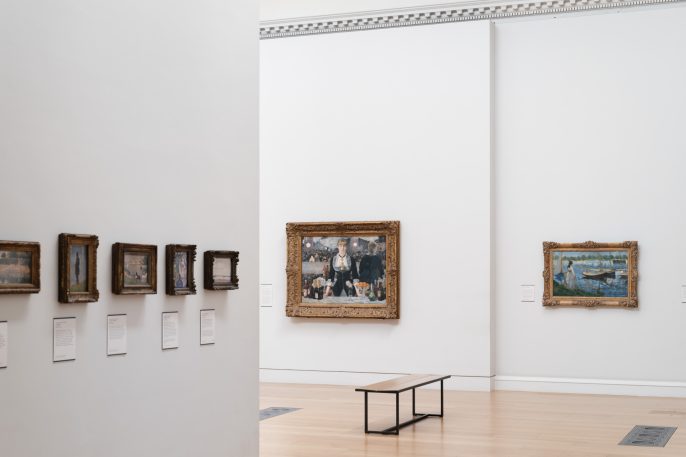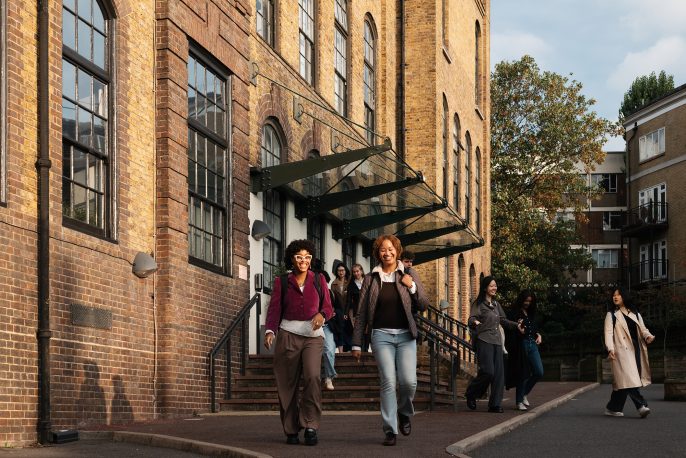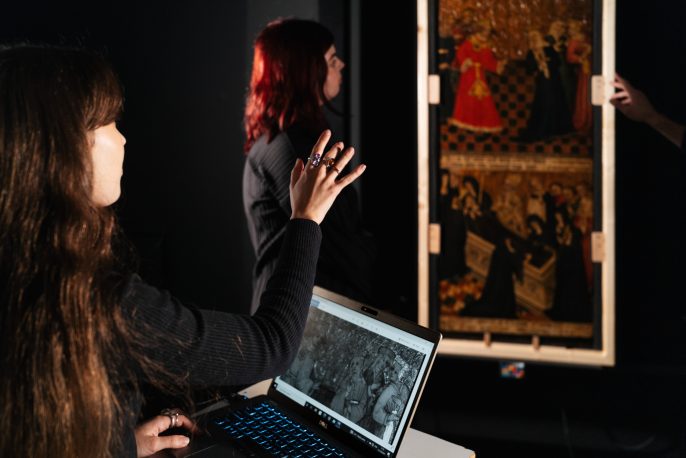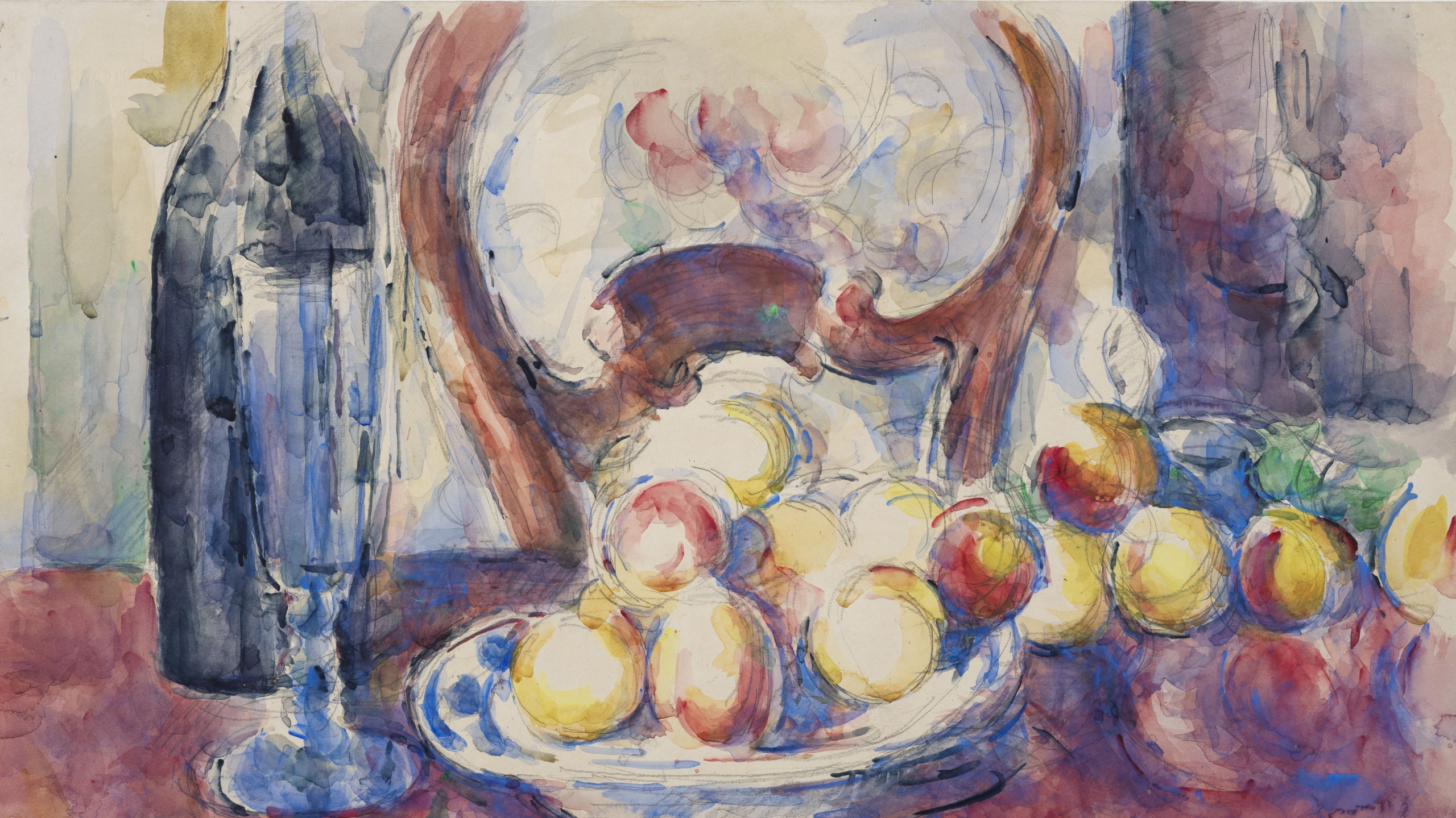
The Stuff of (Still) Life: Objects in Art from the Dutch Golden Age to Wayne Thiebaud
Autumn Term
On Campus: Tuesday 30 September – Tuesday 2 December 19:00
OR
Online: Wednesday 8 October – Wednesday 10 December, 20:00 [London]
Inspired by the Courtauld Gallery’s Griffin Catalyst exhibition Wayne Thiebaud: American Still Life (10 October 2025 – 18 January 2026), this series examines art works whose focus is the representation of flowers, food, and ‘things’ – the intriguing genre English-speakers call still life.
Once a prominent feature of decorative wall painting in antiquity, the painting of objects was relegated to a supporting role in the religious, mythological and narrative art of the Middle Ages and the Renaissance. It was revived as a subject in its own right in late-sixteenth century Netherlandish art, and was soon practised Europe-wide, including by pioneering women artists like Clara Peeters, Rachel Ruysch, and Giovanna Garzoni.
The masters of still life enchanted audiences with their extraordinary ability to conjure reality: the bloom on a ripe peach, the powdery fragility of the butterfly’s wing, the sheen of precious metalware, the translucency of fine glass. Paintings by the most renowned artists were eagerly sought by collectors, even in the eighteenth century when still life itself was consigned to a low position within the academic hierarchy of genres.
Beyond the dazzle of illusionism and trompe l’oeil, these works were the conveyors of symbolic religious, moralising and allegorical messages. Often focusing on the instability and transience of human existence, such meditations continue in contemporary responses to the still life tradition by artists like Sam Taylor-Wood and Tacita Dean.
The inclusion of costly and exotic foodstuffs, living animals, and objects, such as pineapples, parrots, monkeys, carvings, shells and similar rarities, prompts us to examine the still life’s relationship to international trade and colonial expansion. These connections are still present in late nineteenth- and early twentieth-century works like Gauguin’s Tahitian Still Life with Exotic Birds (1902), but overall, we tend to discuss still life in modern art in relation to formal experimentation, rather than subject-matter and ‘meaning’. In a life-long, relentless search for a new artistic language, Cézanne painted countless still lifes and invested painstaking care in the arrangement of the objects they sought to represent. Building on Cézanne’s innovations, Picasso produced many still lifes of his own and famously declared that a painting of an apple could be as revolutionary as a painting of a man with a gun – if we understand the revolution as one of form rather than content, of course.
By contrast, in postmodernist art the context of ‘life’ self-consciously re-entered art. Claes Oldenburg, best known for his giant Pop art sculptures of ice-cream cones, toothpaste tubes and plugs, wrote a poetical manifesto ‘I am for an art’ that wedded the making of art to the ephemeral, comic, banal or brutal reality of everyday existence. Similarly popular-commercial subjects – diner food, deli counters, pinball machines – dominate the work of the American painter Wayne Thiebaud and add up to a potent distillation of the quintessential post-war American existence.
Course Delivery Details
This programme is delivered both on campus and online.
On-campus course delivery: lectures take place at our Vernon Square campus at 19:00, followed by discussion and drinks. Pre-course and further reading, and handout materials are available on our Virtual Learning Environment.
Online course delivery: this online lecture series consists of pre-recorded lectures, released weekly over 10 weeks, each available from the date of release until the end of the course, plus one week; pre-course and further reading, handout materials and a discussion forum are available on our Virtual Learning Environment; live discussions of each lecture take place via Zoom on Wednesdays at 20:00 [London time].
Speakers: Dr Thomas Balfe, Professor Paul Smith, Dr Will Atkin, Janine Catalano, Dr Chloe Nahum
Moderator: Dr Anne Puetz
N.B. In the EU new VAT rules for online courses came into effect. This means that since 1 January 2025 we are required to charge EU participants their local VAT rate. VAT-inclusive prices for EU students will be displayed at check-out under ‘View concessions/discounted tickets.’
If you have any questions please email us at short.courses@courtauld.ac.uk
